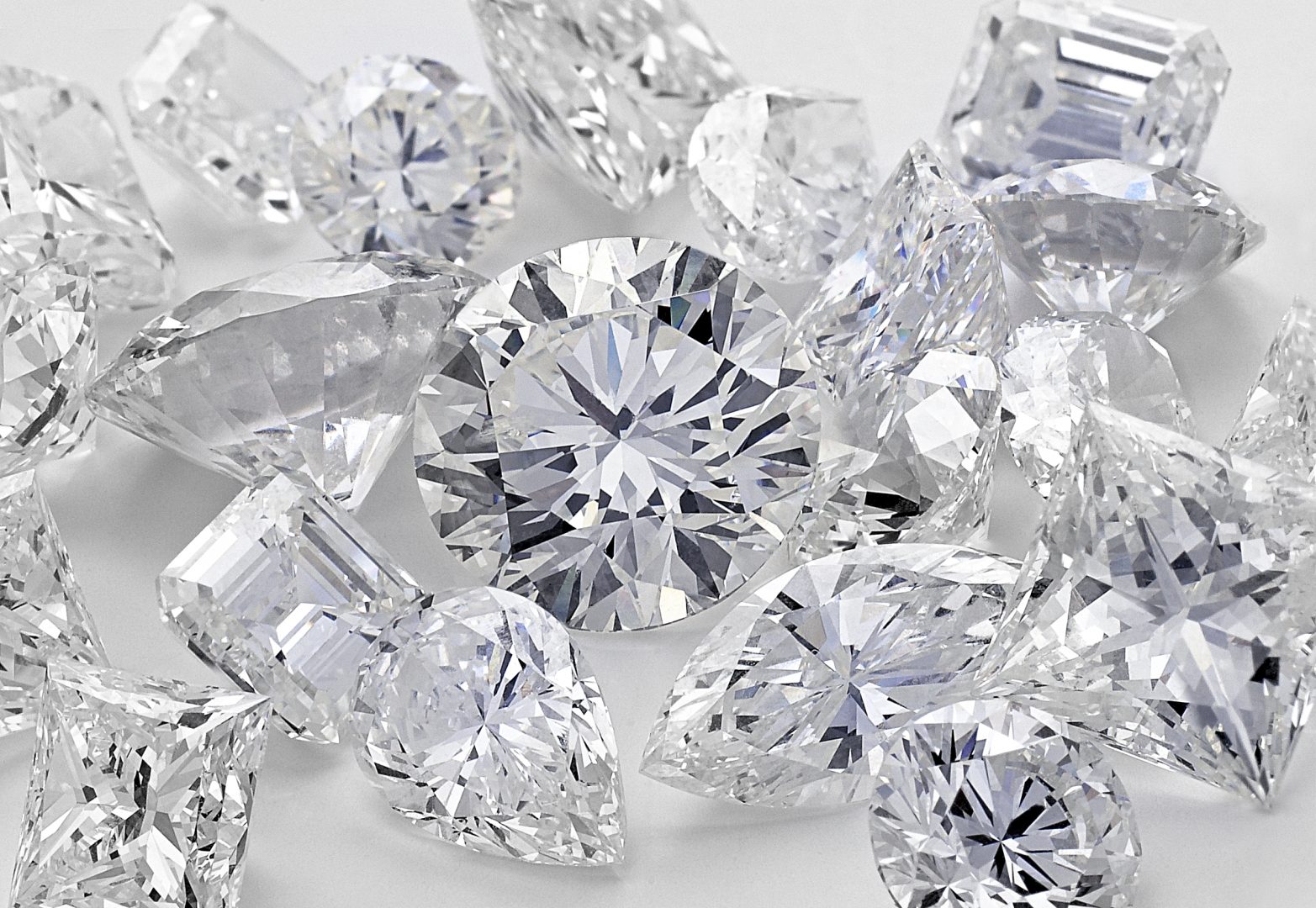Diamond market has to confront with synthetic stones

The diamond trade must confront its tarnished image and revamp its certification scheme or risk seeing increasingly demanding consumers spurn natural stones in favour of cheaper synthetic diamonds, a senior U.S. official said.
Bloody African civil wars in the 1990s prompted diamond companies, governments and rights groups to come together to set up the Kimberley Process to prevent the sale of so-called “blood diamonds” from funding conflicts.
But the body only considers conflict stones to be those whose sales fund armed groups seeking to overthrow legitimate governments, a definition that does not cover a wide range of human rights and labour abuses.
Efforts to broaden the scope of the scheme have been stymied for a decade, civil society groups say, by member states including China, Russia and a number of African nations.
“(Consumers) probably think they’re getting anything from a green standard to a human rights standard to a high labour standard, and in fact, none of that is really conveyed by the Kimberley Process,” Pamela Fierst-Walsh told Reuters on Monday.
Fierst-Walsh – senior advisor on conflict minerals for the United States, the world’s top consumer of diamonds – spoke as Kimberley Process members weigh reforms ahead of a meeting in Brussels in November.
She said failure to take action could threaten the future of the $14 billion global rough diamond trade.
“Consumers want more and we need to make sure they’re getting more. Otherwise … they’re going to start buying those shiny synthetic diamonds that are super pretty and way less expensive,” she said.
Sales of rough laboratory-made diamonds stood at just $75 million to $220 million in 2016, the mean of which represented just 1 per cent of the global value for rough diamonds, Morgan Stanley analysts said in a note.
But rapid improvements in quality and size mean that synthetic diamonds – which typically sell for 30 to 40 per cent less than mined stones – will likely capture around 15 per cent of the gem-stone market by 2020, the note said.
Competition from synthetic stones this year pushed De Beers, a unit of Anglo American and the world’s biggest seller of natural diamonds by value, to launch a company to sell its own laboratory-produced diamonds.
While the Kimberley Process is generally credited with curtailing the role diamonds once played in the funding of wars, critics say it has been ineffective in curbing other serious violence.
“The fact that this blot on the reputation on diamonds … is being exploited by the synthetics is waking a lot of governments and the industry up to the need for change,” said Ian Smillie, chair of the Ottawa-based Diamond Development Initiative.

